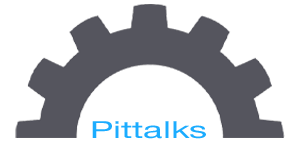Last Updated on January 12, 2024 by Pittalks
Embarking on the journey of owning a Harley-Davidson is an exciting adventure, filled with the promise of the open road and the roar of a powerful engine. However, not all Harleys are created equal, and some years have been better than others. In this comprehensive guide, we will delve into the specifics of which models and years to steer clear of, ensuring your Harley experience is nothing short of amazing.
Introduction
Harley-Davidson, with its storied history and iconic status, has produced countless motorcycle models over the years. While many of these bikes have lived up to the brand’s reputation for quality and performance, there have been a few outliers. Knowing which years to avoid can save you from potential headaches and ensure you get the most out of your investment.
Why Some Harley-Davidson Models and Years Should Be Avoided
Not all motorcycles are built to the same standard, and even within a reputable brand like Harley-Davidson, there can be variations in quality and performance. Manufacturing processes, design flaws, and material choices can all impact the longevity and reliability of a motorcycle.
Common Issues Impacting Performance and Safety:
- Engine problems leading to breakdowns
- Transmission issues causing poor ride quality
- Electrical problems leading to unreliable performance
Detailed Analysis of Models and Years to Avoid
Electra Glide Years to Avoid: Be Wary
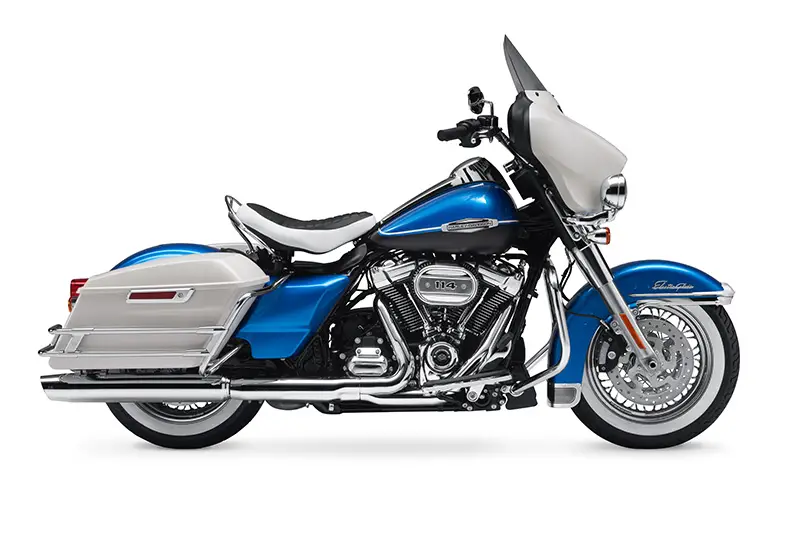
The Electra Glide is a popular model from Harley-Davidson, known for its comfort and touring capabilities. However, there are specific years that have been problematic:
- 2010 Ultra Classic: Riders have reported issues with the transmission and engine, leading to unreliable performance. The engine issue was primarily due to a design flaw in the oil pump, leading to inadequate lubrication at high temperatures
- 2009 Standard: This model is known for its electrical problems and oil related problems like leaks or excessive pressure, which can be costly to fix. The electrical problems were often traced back to the voltage regulator, causing battery drainage and ignition failures.
- 2007-2008 Classic: These years saw issues with the engine and transmission, diminishing the bike’s reliability. Also, these years faced specific engine cooling issues, primarily due to inadequate airflow around the engine. This often resulted in overheating during long rides or in heavy traffic.
- 1999-2001 Classic: Riders have reported these bikes to be prone to stalling and having transmission issues. The transmission problems were often linked to a weak clutch basket, which was prone to failure under high stress.
Related: Common Harley Electra Glide Problems (Overview)
Road Glide Years to Avoid: Proceeding With Caution
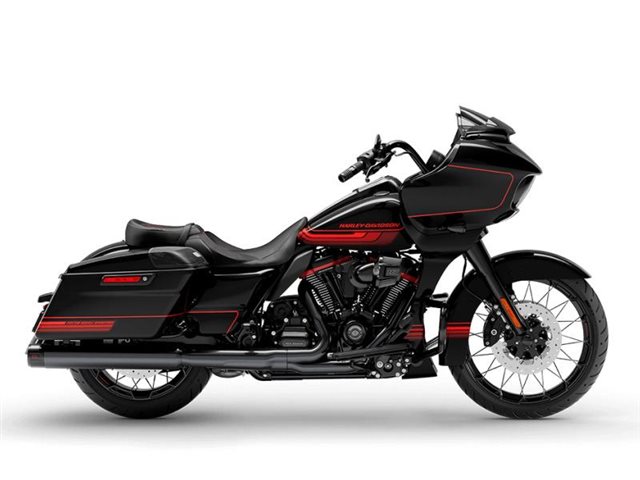
The Road Glide is another favorite among Harley enthusiasts, but certain years should be avoided:
- 1998: The first year of the Road Glide had several design flaws, leading to issues with handling and stability.
- 2000-2001: These models had problems with the fuel delivery system, including leaking fuel.
- 2009-2013: These years had issues with the frame and swingarm, leading to instability at high speeds.
Related: Devastating Road Glide Problems: A Comprehensive Guide
Road King Years to Avoid: Know Beforehand
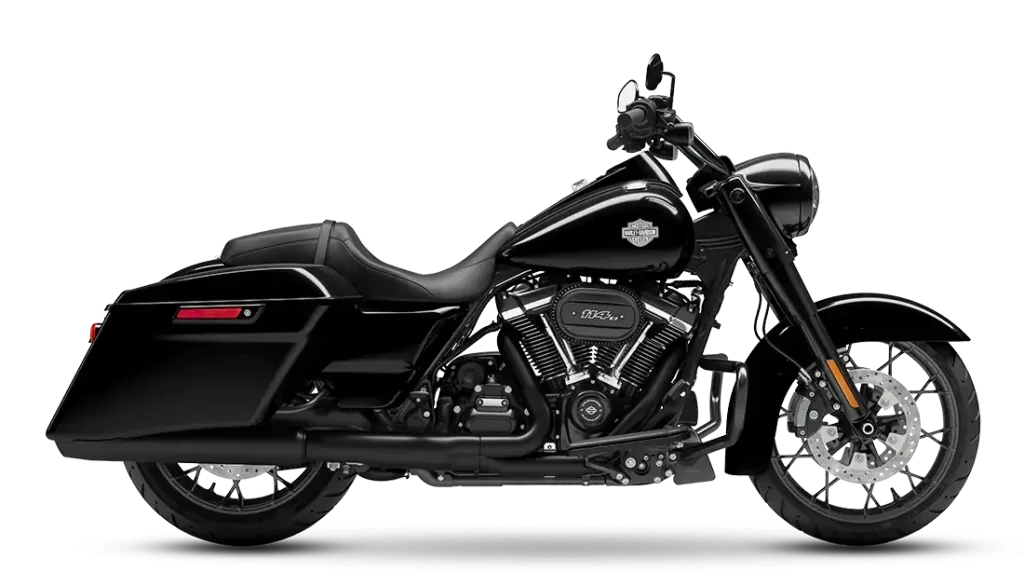
The Road King is known for its classic look and comfortable ride, but some years have been problematic:
- 2004-2009: These years are considered the worst for the Road King due to engine failure issues and problems with cam chain tensioners.
- 1999: This year had cam bearing failures that caused major engine problems, affecting both the Twin Cam and Evo engines.
- 2004 Dyna Superglide: Marketed as the Road King, this model did not perform well in terms of design aesthetics and technical reliability.
Related: Harley Davidson Road King Problems: A Comprehensive Guide
Street Glide Years to Avoid: A Mixed Bag
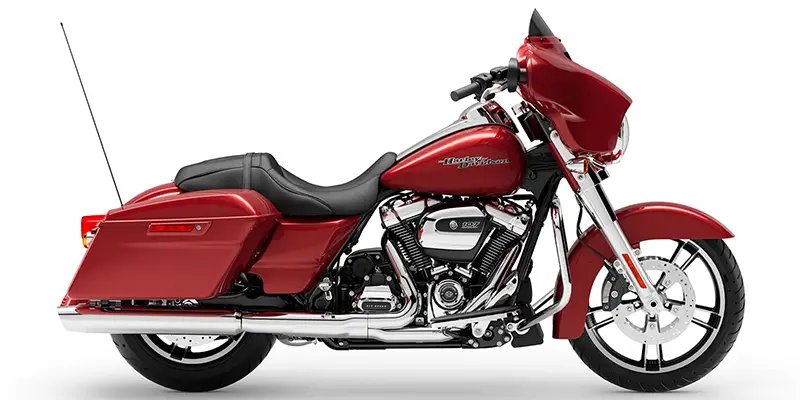
The Street Glide is a popular touring motorcycle, but there are years that have known issues:
- 2014-2018: These years saw a range of problems, from clunking noises in the transmission to electrical issues, overheating, and malfunctioning infotainment systems.
Related: Harley Davidson Street Glide Problems: A Comprehensive Guide
Harley Twin Cam Years to Avoid: The Usual Story
The Twin Cam engine issues, particularly between 1999-2006, revolved around the inner cam bearings and the cam chain tensioner. The non-roller type bearings were prone to failure, which could lead to catastrophic engine damage. Additionally, the original cam chain tensioner, made of plastic, tended to wear out prematurely, causing timing issues and potential engine failure. With this in mind, it’s important to remember that some years should be avoided:
- 1999-2002: These models are considered the worst due to camshaft chain tensioner failure and high crank runout.
- 2003-2006: Changes made to cut production costs during these years led to engines that are considered less reliable.
Understanding the Twin Cam Issue
The Twin Cam engine, particularly in models from 1999-2006, had significant issues with the camshaft chain tensioner and crank runout. These problems could lead to extensive engine damage and costly repairs. It is crucial for potential owners to be aware of these issues when considering a Twin Cam Harley.
Beyond the camshaft chain tensioner and crank runout issues, the Twin Cam engines also faced problems with their fuel injection systems. These early systems were prone to clogging and inefficiency, leading to rough idling and inconsistent power delivery.

Examining Harley-Davidson’s Manufacturing Quality
While Harley-Davidson has faced challenges with manufacturing quality in the past, they have made significant strides in improving their processes and materials. Today, Harley-Davidson motorcycles are more reliable and durable than ever, thanks to continuous improvements and a commitment to excellence.
General Problems with Harley-Davidson Motorcycles
Even with improvements, there are still common problems associated with Harley-Davidson motorcycles that owners should be aware of:
- “Death Wobble”: Handling issues at high speeds. The Death Wobble is often attributed to loose steering head bearings or an unbalanced tire.
- Heat Management: Overheating problems, particularly in older models. Typically, this can be linked to the air-cooled nature of Harley engines, which struggle in stop-and-go traffic.
- Component Wear: Premature wear due to vibration and design flaws. In terms of vibration-related issues, are typically due to the traditional, rigid mounting of Harley engines leading to increased stress on parts. Other component wear includes the drive belt and wheel bearings. The drive belt, while durable, can be prone to damage from road debris, leading to unexpected failures.
Buying Guide: What to Look For in a Used Harley-Davidson
When considering a used Harley-Davidson, it is crucial to:
- Check the Model and Year: Refer to the list above to avoid problematic models.
- Inspect the Motorcycle: Look for signs of wear, damage, and poor maintenance.
- Ask for Maintenance Records: Ensure the motorcycle has been properly cared for.
FAQs
While Harley-Davidson has a strong reputation for quality, there are specific models and years that have been known to have issues. It is important to do your research before making a purchase.
Yes, many used Harley-Davidsons are reliable and can provide years of enjoyable riding. However, it is crucial to inspect the motorcycle thoroughly and check its history before making a purchase.
Regular maintenance and timely repairs can mitigate many of the issues associated with these models. If you own one of these motorcycles, be vigilant about its care and upkeep.
The bad years for Harleys, known for various issues, are primarily from the late 1990s to the early 2000s. Specifically, models from 1999 to 2006 often come under scrutiny. These years are notable for problems related to the Twin Cam engine, including cam tensioner failures and other mechanical issues. However, it’s important to note that not all bikes from these years will necessarily have problems, and many have been successfully repaired or modified.
Harleys experienced cam tensioner problems predominantly in the Twin Cam engines from 1999 to 2006. The issue was with the cam chain tensioner system, which could wear out prematurely and lead to potential engine damage. This problem was most prevalent in the earlier years of this range and prompted many owners to upgrade or replace the tensioner system.
Conclusion
Owning a Harley-Davidson is a dream for many riders, and with the right knowledge, you can ensure that your experience is both enjoyable and trouble-free. By avoiding certain models and years, and by being diligent about maintenance, you can ride with confidence, knowing you have made a wise investment.
